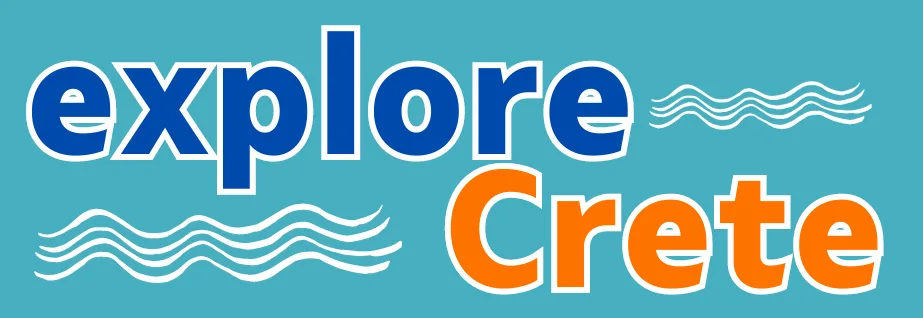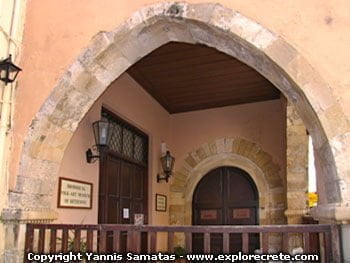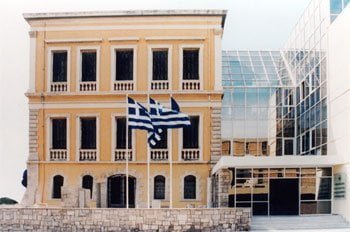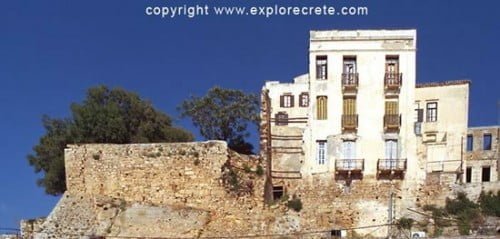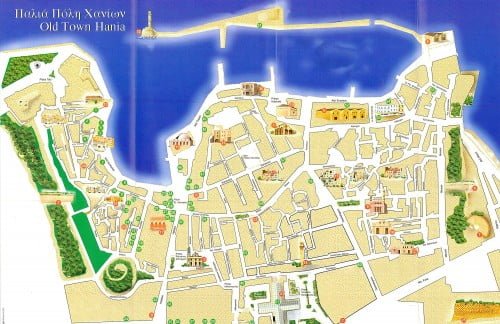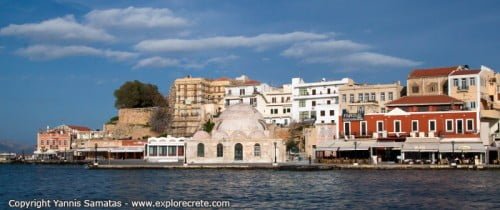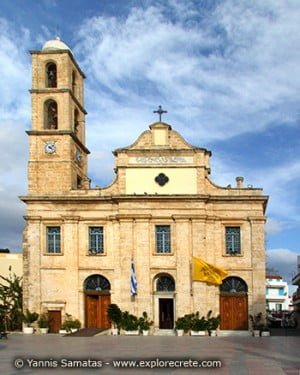Chania Archaeological Museum
The Archaeological Museum of Chania is on Halidon Street in the centre of the old town, and houses the Archaeological Collection of Chania Prefecture.
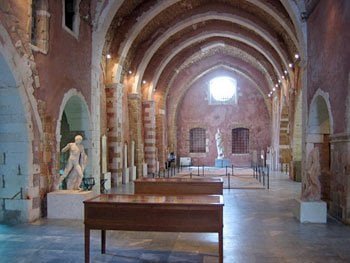
The Archaeological Collection of Chania has been housed in various public buildings (the Residency, the Boys’ High School, the Hassan Mosque). Since 1963 it has been housed, albeit temporarily, in the Venetian church of St Francis which once belonged to the Franciscan monks, an important monument of the city.
We do not know exactly when the church was built, but written sources refer to it as standing in the great earthquake of 1595 and being the largest in the city. It was later turned into a Turkish mosque dedicated to Yusuf Pasha, the conqueror of Chania. At the turn of the 20th century it became the “Idaion Andron” Cinema. After the Second World War it was used as a supply depot, while in 1963 it became the Archaeological Museum of Chania, a function it has fulfilled ever since.
Chania Archaeological Museum Opening Hours
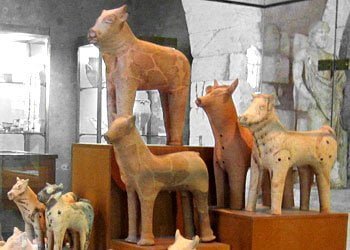
The museum is well worth a visit and it is open daily except Mondays until 3 p.m. Finds from the wider Chania area are exhibited here, giving visitors a good idea of the history of west Crete.
Exhibits in the Archaeological Museum
Pottery, carved stone objects, sealstones, sculpture, metalwork, gold jewellery and coins are displayed in chronological order in the cases of the museum.
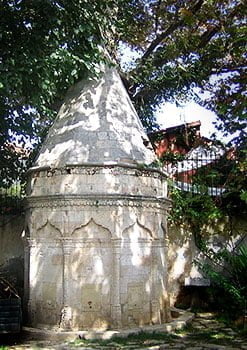
There are also mosaic floors from the Roman period (2nd-3rd c. AD), depicting scenes from the Dionysiac cycle and the myth of Poseidon and the nymph Amymone.
The displays start with Neolithic clay items, continuing with various Minoan objects, rare Geometrical and Hellenistic finds and important Roman items, and ending with the Byzantine period.
We are provided with important information on people’s daily lives and lifestyles throughout Cretan history, their burial and other religious rites, their crafts and other occupations, and realise what changes man has brought about and experienced from his earliest appearance.
In 2000 the interesting collection of Konstantinos and Marika Mitsotakis was donated to the Archaeological Museum of Chania. The exhibits constitute a third of the Collection and are presented in chronological order (end of the 4th millennium BC-3rd century AD).
Around the Museum
Opposite the Archaeological Museum of Chania you can hardly miss noticing a domed building. It is all that remains of a Turkish hamam, its glory days long past.
Chania had a thriving Jewish community until the Second World War. The Jewish quarter covered the area behind the museum. There were the mansions of eminent Jews, some still preserved today, as well as the synagogue, which has recently reopened.
Looking in the same direction, behind the Jewish quarter you can see the Schiavo Bastion, part of the Venetian walls which protected Chania many centuries ago.
© explorecrete.com All Rights Reserved. Reproduction or copying without permission is prohibited.
